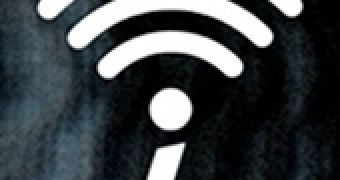According to a test performed by Fairfax Media, the owner of the Sydney Morning Herald and other publications, there are over 10,000 open wireless networks around Sydney that can be abused by cyber criminals.
The media company has reached this conclusion after testing some 380 wi-fi networks located in 20 different residential areas and learning that 2.6 per cent of them were not secured with a password.
Since local experts estimate that between 20 to 30 per cent of Sydney homes operate wireless networks, the total number of vulnerable wi-fi access points could well exceed 10,000.
Nevertheless, the ratio is very low compared to what studies have shown in other parts of the world. For example, a wi-fi hacking experiment conducted in Bristol, Cardiff, London, Birmingham and Manchester revealed that almost half of UK homes operate insecure wireless networks.
However, the two tests used different methodologies. The UK one was performed by a certified penetration tester and took networks secured with the WEP protocol into consideration.
WEP is an outdated wi-fi security protocol that has been proved insecure many years ago. Cracking into WEP-protected networks can be done with freely available software and requires little technical skill.
Even WPA, WEP's successor, can be cracked using more advanced techniques. The Sydney Morning Herald does not mention if the testers actually used the open networks to access the Internet. Some of them might have been functioning as hotspots that require in-browser registration.
Counting in the networks protected with insecure protocols, the number of vulnerable wi-fi access points in Sydney would probably be significantly higher. But the conclusion of the test, that unprotected wireless networks are a great risk for their owners, is true nonetheless.
There are many types of wi-fi abuse. Cyber criminals are known to commonly perform illegal acts from hacked wireless networks which can expose their owners to legal action. There are also cases where attackers have particularly targeted an individual by hacking into their home wireless network to intercept traffic and steal their credentials.

 14 DAY TRIAL //
14 DAY TRIAL //